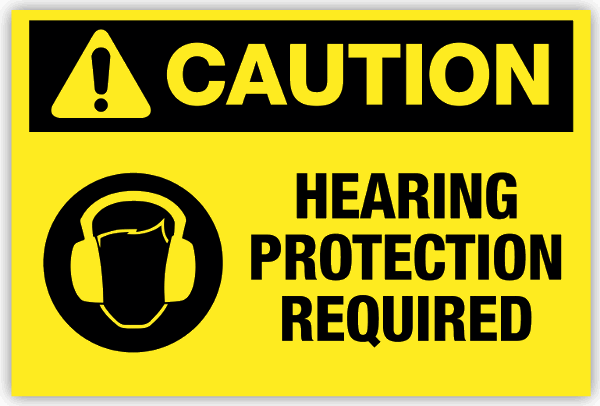One of the most often overlooked surfaces for acoustic treatment in a room also happens to be the largest available surface . . . Just look up! One of the most popular ceiling treatments is done via acoustic ceiling tiles installed in a suspended ceiling grid. But how effective are these products? The answer depends greatly on the tile chosen, the room in question, and the sonic environment needed there.
The most important thing to determine before choosing your acoustic ceiling tiles is whether you require sound absorption (to absorb sounds made in the room) or a sound barrier (blocking noise that will escape or enter your room through your ceiling). For example, consider a fitness club that has re-purposed a racquetball court for Pilates classes . . . Sound bouncing all over the room makes it impossible to even have a one-on-one conversation, let alone understand a class instructor with boom-box accompaniment! This environment greatly needs sound absorption to bring reverberation down to a level that makes instruction possible. On the other hand, a classroom next to a noisy mechanical room would benefit from a sound barrier to reduce student distraction caused by machine noise.
Many situations require both absorption and barrier. Consider a recording studio or band rehearsal room. Reverberation and echoes must be absorbed sufficiently to allow musicians to hear each other clearly and to keep sound levels (think rock band in a small room) in-check to prevent hearing damage. At the same time, sounds must be contained in the room to avoid bothering neighbors. As if that isn’t enough, external sounds (traffic, etc) must be prevented from entering the room, compromising critical listening and recording.
A typical mineral board ceiling tile (you see them every day in classrooms, offices, and public spaces everywhere) is designed primarily to look good, yet be economical. Many models absorb about 50% or less of the sound that reaches them. In some cases, this is adequate. Many tiles are also moderate-to-lousy sound barriers. This causes a common problem in office and classroom spaces: Sounds simply go thru the suspended ceiling, then hop over the partition wall and down (through the neighboring ceiling) into an adjacent room. Although the sound path is out-of-sight, it’s not sound-tight!
To maximize sound absorption, you need a highly absorptive material, such as our SilentCeiling Fiberglass Tiles, which can absorb most of the sound that strikes them. However, in order to optimize sound blocking, a mass-loaded barrier (such as SilentWrap) is preferred. These two approaches seem to be at odds!
Currently no mass-market mineral board acoustical tile ceiling exists to maximize both sound absorption AND sound blocking. If made of typical ceiling tile material (mineral board), the do-it-all product would have to be too thick and heavy (and too expensive) for most suspended ceiling tile applications. However, the strategic combination of materials hinted at above – SilentCeiling + a layer of SilentWrap – is an affordable way to create a ceiling that both absorbs and blocks sound.
I’ll share more detail in the near future, like what those confusing acoustic tile specs (such as NRC, STC, CAC) mean, so you will be equipped to choose a ceiling material that’s right for your room based on more than just looks!
